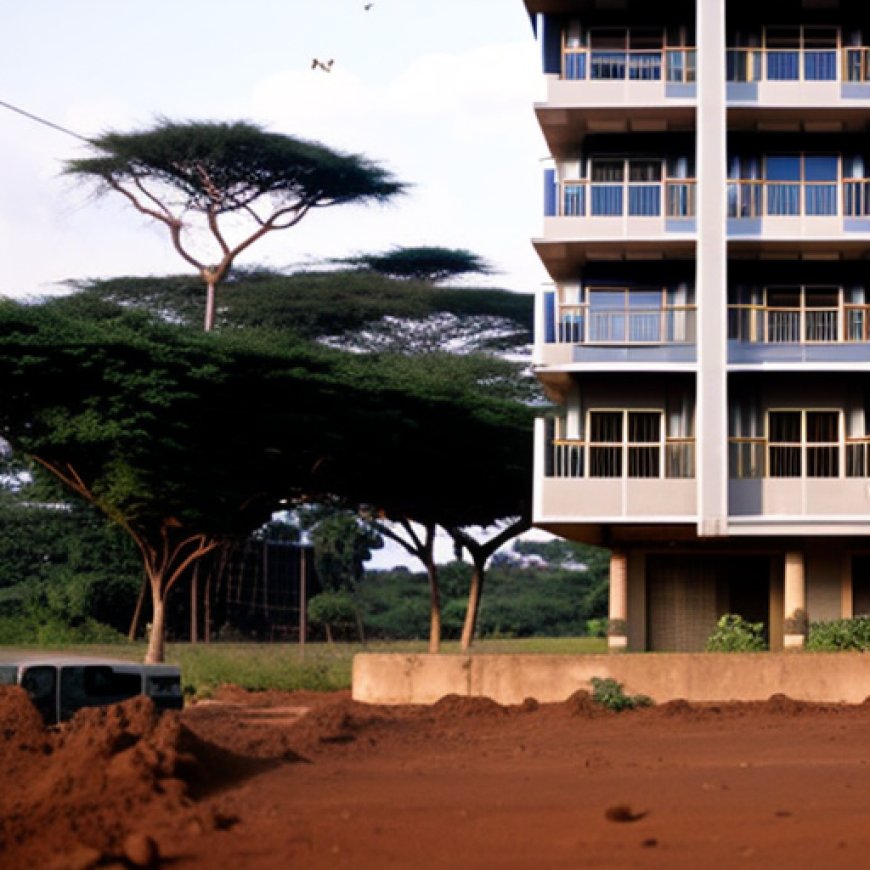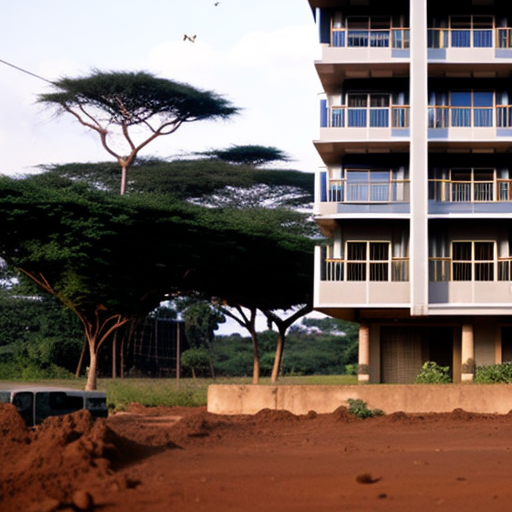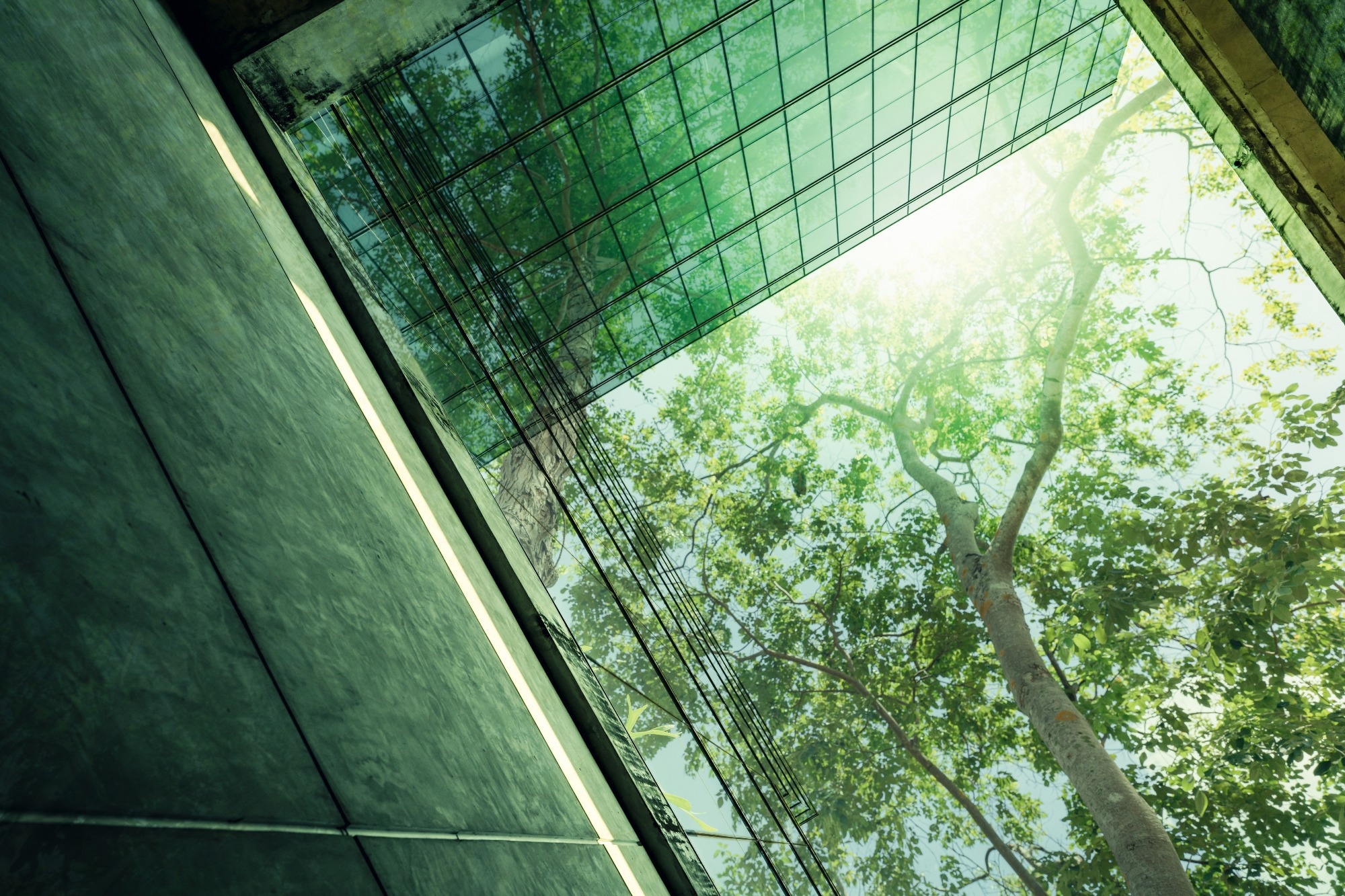Enhancing Green Building Practice Uptake in Tanzania
Enhancing Green Building Practice Uptake in Tanzania AZoBuild


In an article recently published in the journal Sustainability, researchers critically examined the knowledge held by Tanzania’s construction industry stakeholders regarding green building practice (GBP) uptake, design features and their importance, barriers, and the way forward.

Background
Green Building (GB) is defined as the practice of using processes and creating structures that are resource-efficient and environmentally responsible throughout the life cycle of a building. GB/”high performance” building certifications evaluate buildings in areas like materials choices, water use, energy efficiency, and indoor environmental quality, and offer ratings/points based on the attained sustainability level.
GB rating systems (GBRS) encourage stakeholders to develop and design GBs that decrease energy usage and environmental effects. Although many countries in Africa, such as Egypt and South Africa, have realized GBRS uptake achievements and adapted their rating systems, like the Green Pyramid Rating System adapted from LEED, the GBP uptake has remained significantly low in several developing countries, including Tanzania, the focus country of this study.
GB Architectural Status and Trends
The architectural patterns of urban Tanzania do not display significant importance for sustainable construction. For instance, the trends from 2002 to 2013 show substantial use of glass glazing on the facade of the constructed buildings and no effective implementation of sustainable construction and design.
Additionally, studies conducted in Dar Es Salaam have demonstrated that traditional office buildings built between 1970 and 2000 incorporated more climate-responsive design elements than modern office buildings built between 1999 and 2016, resulting in a lower consumption of energy by traditional buildings.
Tanzania lacks clear government regulations and policies mandating the GBP application in the development of buildings. Although the 2003 construction industry policy first acknowledged the existence of several environmentally unsustainable activities in the construction sector and the lack of technological know-how and awareness regarding GBP, the policy lacks a clear GB definition and has not been enforced effectively.
Similarly, the other existing policies and acts in the country do not provide strong mandates to create concrete tools for GBP. Thus, only little progress has been made in realizing the GBP implementation.
The Study
SDGs, Targets, and Indicators
-
SDG 11: Sustainable Cities and Communities
- Target 11.2: By 2030, provide access to safe, affordable, accessible and sustainable transport systems for all, improving road safety, notably by expanding public transport, with special attention to the needs of those in vulnerable situations, women, children, persons with disabilities and older persons.
- Target 11.3: By 2030, enhance inclusive and sustainable urbanization and capacity for participatory, integrated and sustainable human settlement planning and management in all countries.
The article discusses the architectural patterns and trends in urban Tanzania, highlighting the lack of sustainable construction practices. This is connected to SDG 11, which aims to make cities and human settlements inclusive, safe, resilient, and sustainable. The targets mentioned in the article are relevant to improving sustainable urbanization and transportation systems.
-
SDG 7: Affordable and Clean Energy
- Target 7.2: By 2030, increase substantially the share of renewable energy in the global energy mix.
- Target 7.3: By 2030, double the global rate of improvement in energy efficiency.
The article emphasizes the importance of energy-efficient equipment, utilization of renewable energy sources, and consideration of energy consumption in building designs. These targets under SDG 7 are relevant to promoting green building practices and reducing energy usage.
-
SDG 13: Climate Action
- Target 13.2: Integrate climate change measures into national policies, strategies, and planning.
- Target 13.3: Improve education, awareness-raising, and human and institutional capacity on climate change mitigation, adaptation, impact reduction, and early warning.
The article highlights the need for education and awareness among construction industry stakeholders regarding green building practices. These targets under SDG 13 are relevant to addressing climate change through sustainable construction and design.
Table: SDGs, Targets, and Indicators
| SDGs | Targets | Indicators |
|---|---|---|
| SDG 11: Sustainable Cities and Communities |
|
No specific indicators mentioned in the article. |
| SDG 7: Affordable and Clean Energy |
|
No specific indicators mentioned in the article. |
| SDG 13: Climate Action |
|
No specific indicators mentioned in the article. |
Behold! This splendid article springs forth from the wellspring of knowledge, shaped by a wondrous proprietary AI technology that delved into a vast ocean of data, illuminating the path towards the Sustainable Development Goals. Remember that all rights are reserved by SDG Investors LLC, empowering us to champion progress together.
Source: azobuild.com

Join us, as fellow seekers of change, on a transformative journey at https://sdgtalks.ai/welcome, where you can become a member and actively contribute to shaping a brighter future.







